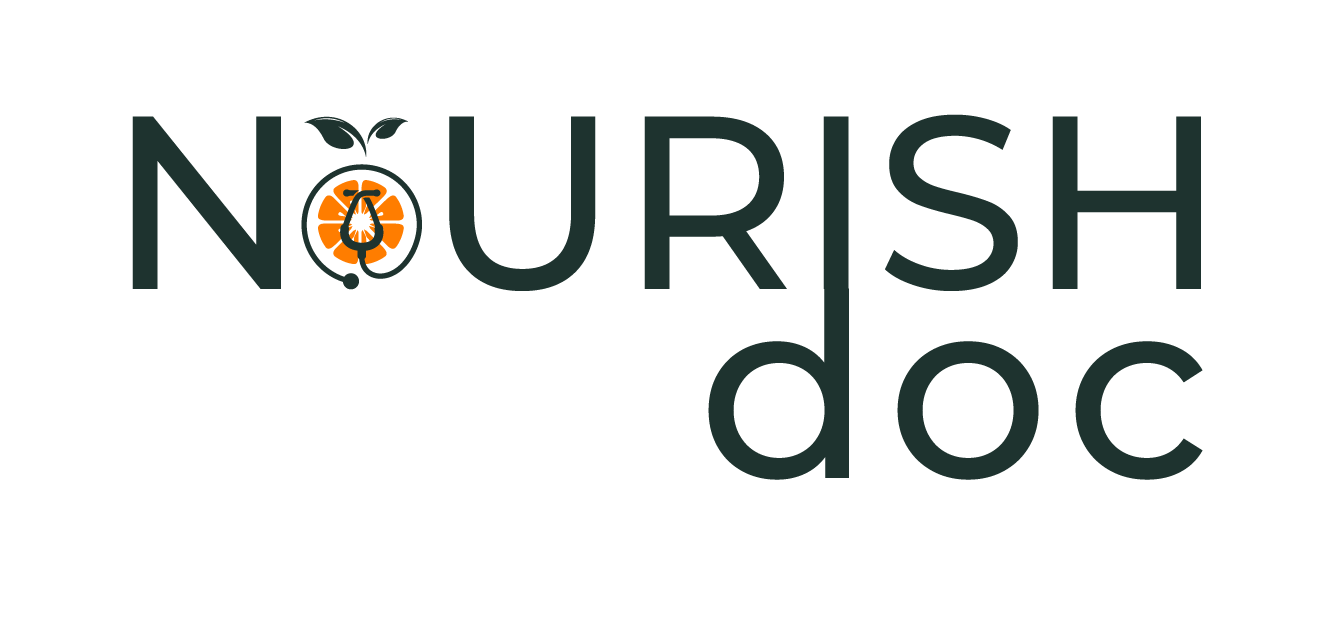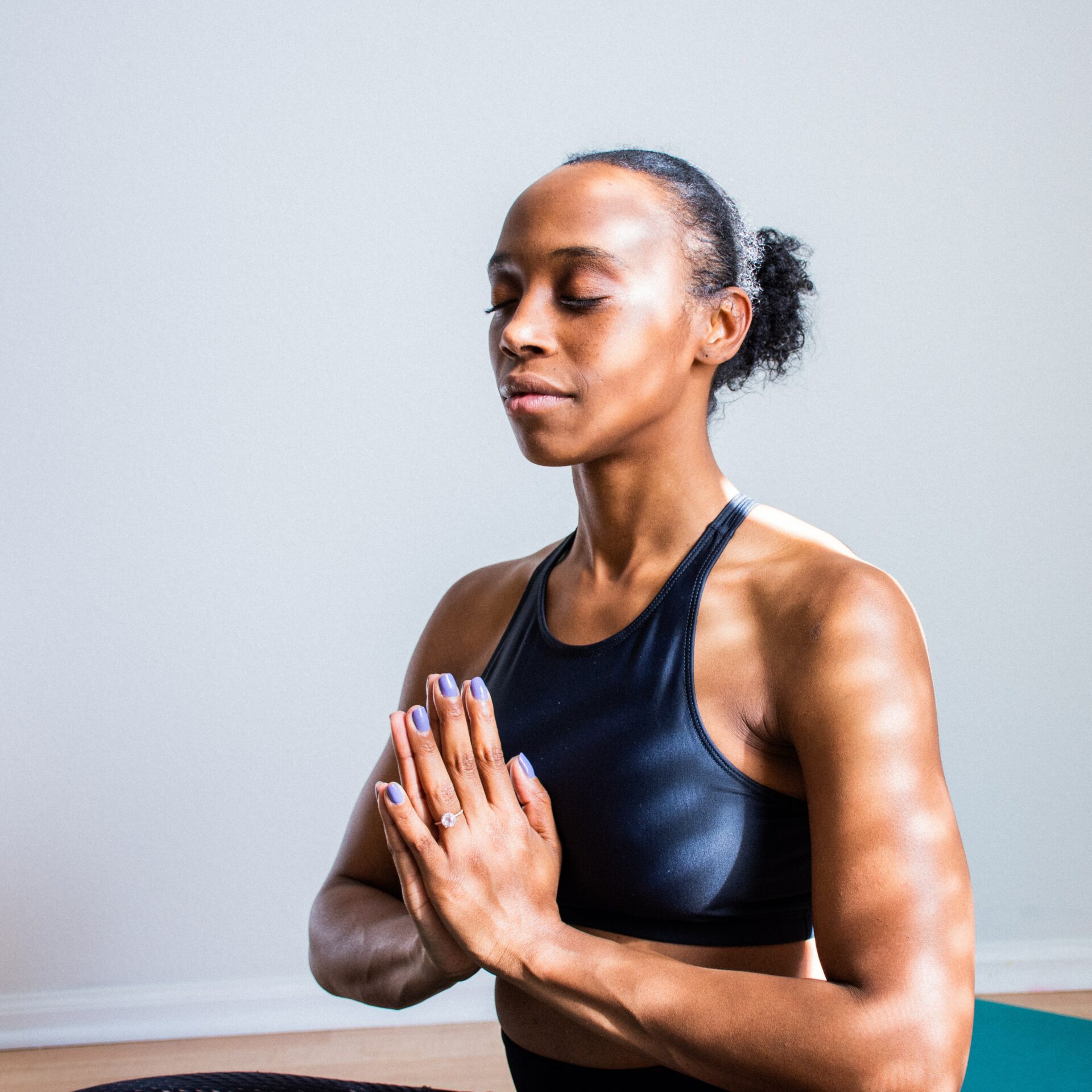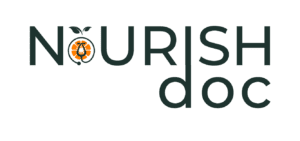Exercise is an essential aspect of maintaining a healthy and active lifestyle. It offers many benefits, such as improved cardiovascular health, enhanced mental well-being, and increased energy levels. One crucial aspect of exercise is its ability to strengthen and tone our muscles. Whether you’re a fitness enthusiast, an athlete, or someone looking to improve their physical strength, understanding how exercise affects our muscles is key.
This article will delve into the various types of exercises that target dissimilar muscle groups and survey the benefits of incorporating them into your fitness routine. By the end, you’ll understand how exercise can help you achieve stronger, more resilient muscles.
Resistance Training for Muscle Development
Resistance training forms the cornerstone of muscle development, as it stimulates the muscle fibers to adapt and grow stronger. Incorporating various resistance exercises into your routine is essential for targeting different muscle groups and promoting balanced muscular development. Here are a few key exercises:
- Compound Exercises: Compound exercises, such as deadlifts, squats, bench presses, and pull-ups, engage different muscle groups at the same time, allowing you to lift heavier weights and stimulate greater muscle growth.
- Isolation Exercises: Isolation exercises, such as bicep curls, tricep extensions, and calf raises, focus on specific muscles, enabling you to target and strengthen individual muscle groups. These exercises are particularly useful for enhancing muscle definition.
- Progressive Overload and Muscle Adaptation: To continue progressing and promoting muscle growth, applying the principle of progressive overload is crucial. Progressive overload involves gradually increasing the muscles’ demands by increasing the weight, reps, or sets over time. You encourage adaptation and trigger muscle growth by challenging the muscles beyond their previous limits. However, it’s important to progress gradually to avoid injury.
- Rest and Recovery: Rest and Recovery are often underestimated but play a significant role in muscle development. Adequate rest allows muscles to repair and rebuild, leading to greater strength gains. Incorporating rest days into your routine is essential to prevent overtraining and promote optimal muscle growth. Quality sleep, proper nutrition, and hydration are vital for muscle recovery and overall well-being.
- Targeting Major Muscle Groups: To achieve a well-rounded physique, it is essential to target all major muscle groups. Here’s a breakdown of exercises that focus on specific muscle groups:
- Chest: Bench press, push-ups, chest flies.
- Back: Pull-ups, rows, lat pulldowns.
- Shoulders: Overhead press, lateral raises, upright rows.
- Arms: Bicep curls, tricep dips, hammer curls.
- Legs: Squats, lunges, leg press.
- Core: Planks, crunches, Russian twists.
Balancing Cardiovascular Training
While resistance training is crucial for muscle development, incorporating cardiovascular exercises into your routine can enhance overall fitness, aid in fat loss, and improve cardiovascular health. Engaging in jogging, cycling, swimming, or HIIT workouts helps maintain a healthy balance between muscle building and cardiovascular fitness.
Cardiovascular Exercise: Strengthening the Heart and Muscles
While cardiovascular exercise is primarily associated with improving heart health and endurance, it also plays a crucial role in strengthening muscles. Running, cycling, swimming, and aerobic classes engage large muscle groups, stimulating growth and improving muscular strength.
Cardiovascular exercise improves muscle endurance by enhancing the transport of oxygen and nutrients to working muscles. This increased blood flow enhances the muscles’ capacity to sustain prolonged activity, delaying the onset of fatigue.
Moreover, cardio exercises promote the release of endorphins, leading to a heightened sense of well-being and reduced stress levels. Regular aerobic exercise has been linked to improved cognitive function and a decreased risk of mental health disorders.
Flexibility and Mobility: Promoting Muscle Health
Incorporating exercises focusing on flexibility and mobility is crucial for maintaining healthy and functional muscles. Stretching exercises like yoga, Pilates, and dynamic stretching help improve muscle elasticity, joint range of motion, and overall flexibility.
Flexible muscles are less prone to injuries, as they can move through a full range of motion without strain. Additionally, stretching improves posture and body alignment, reducing muscle imbalances and the risk of chronic pain.
Mobility exercises, on the other hand, focus on joint strength and stability. These exercises, including lunges, squats, and hip rotations, promote proper alignment and help prevent muscle imbalances or compensatory movements that can lead to injuries.
Enhanced Muscle Strength and Power
One of the most evident benefits of exercise on your muscles is increased strength and power. Resistance exercises create microscopic damage in the muscle fibers, which prompts the body to rebuild and strengthen them, resulting in improved muscle strength over time. This enhanced muscular power allows you to perform daily activities more effortlessly and with a reduced risk of injury.
Increased Muscle Endurance
Regular exercise also bolsters muscular endurance. Endurance training, such as aerobic exercises, increases the heart rate and muscle oxygen supply. As a result, your muscles become more efficient at utilizing oxygen, which delays fatigue and enables you to sustain physical activity for extended periods. Enhanced muscle endurance improves athletic performance and enhances your ability to engage in activities that demand prolonged exertion, such as hiking or cycling.
Improved Flexibility and Range of Motion
Exercise plays a vital role in maintaining and improving flexibility, a vital aspect of muscle health. Engaging in stretching exercises, yoga, or Pilates can enhance muscle elasticity, allowing for a greater range of motion. Regular stretching routines help lengthen muscle fibers, reducing muscle tension and the risk of muscle strains. Increased flexibility enhances posture, balance, and coordination, preventing musculoskeletal imbalances and promoting overall functional well-being.
Muscle Preservation and Age-related Benefits
Regular exercise significantly impacts muscle preservation and mitigates age-related muscle loss, known as sarcopenia. As individuals age, there is a natural decline in muscle mass and strength. However, resistance training can counteract this process, preserving muscle mass and strength well into older adulthood. Exercise stimulates the production of growth factors that promote muscle protein synthesis, fostering the maintenance and repair of muscle tissue. Moreover, physical activity improves insulin sensitivity and reduces inflammation, contributing to muscle preservation.
Exercise also offers several other age-related benefits, including improved bone density, joint health, and reduced risk of chronic conditions like osteoporosis and arthritis. By incorporating regular exercise into their routine, older adults can maintain independence, reduce the risk of falls, and enjoy a higher quality of life.
Incorporating exercise into your daily routine is required to achieve stronger, healthier muscles. Resistance training builds muscle strength, enhances bone density, and boosts metabolic rate. Cardiovascular exercise improves muscle endurance and promotes overall heart health. Meanwhile, flexibility and mobility exercises enhance muscle elasticity and joint range of motion and reduce the risk of injuries.
Here we discuss this with Dr. Michelle, a physical therapist, to get her thoughts on this topic.
NourishDoc: Hello, everyone, and happy Tuesday. Now that the gyms are open and there is no mask mandate, I just started; I went to the gym yesterday after two years. So we want to understand the muscle mass, and do we understand that? Well, that’s why we have a physical therapist, Doctor Michelle, who has taught people like us about the importance of exercise and the right exercise. Welcome, Doctor Michelle.
Dr. Michelle: Hi, thank you so much for having me.
How to maintain muscle mass
NourishDoc: Great. So, please help us understand the importance of muscle mass. Why do we need to maintain it, and what must we do?
Dr. Michelle: Yeah. So, muscle mass refers to the size and the number of muscle fibers that compose each muscle. Your body is full of muscles. Many different ones are composed of many different types of fibers, and maintaining muscle mass has so many benefits, and using your muscles can help improve your immune system. It can improve your resting metabolic rate. It can improve your ability to detoxify your body. It improves your cardiorespiratory rate.
There are so many benefits to maintaining muscle mass, especially as you age. So, much good research shows that maintaining good muscle mass is an important feature in reducing any age-related disease or decline. So, in general, the best way to maintain healthy, sustainable muscle mass is to perform a combination of strength and resistance training which would mean lifting some weights or using some sort of resistance.
With dumbbells and free weights, you can use machines with your body moving through some resistance. So, strength training combined with some cardiovascular training. So, cardiovascular training refers to walking, cycling, swimming, hiking, biking, or something like that; your best results in maintaining healthy muscle mass will be when you combine an element of strength training with some cardiovascular activity.
Exercises that help strengthen our body
NourishDoc: Okay. So, now, the strength training, what should we do, like a body pump kind of strength training or take dumbbells and then do different kinds, type of exercise should we do for strength training?
Dr. Michelle: So, for strength training, it does depend on what specific goal you have in mind. So, your goal for strength training is to increase your muscle mass. In that case, if you want to see more muscle bulk and see your muscles increase in size, you need to be lifting heavier weights at a lower volume. If your goal is just for health and just benefits, you can lift fewer weights at less weight at a higher volume.
So, more repetitions and less weight, but as far as general strength training guidelines, if you’re looking for, you’re not trying to get big or muscular, you’re just looking for health benefits, you should do a combination of both heavy resistance training and lighter resistance training. Regarding equipment, it can be done with dumbbells at home if you have a set of dumbbells. Kettlebells using a set of kettlebells is one of the best ways to get in a good workout with a kettlebell.
You can perform a more full-body movement that engages arms, core, and lower body all at the same time. So kettlebells are great if you ask me what equipment someone should have in their home gym. My first recommendation would be a set of kettlebells; you can do a lot with them. It gives you many options, so, in general, the best advice is to combine heavier and lighter weights and vary the days you do those two types of resistance training.
Daily routine & duration for exercises
NourishDoc: Okay, and then, how many times should we do it in a sense during the week? Is there some formula you said combined aerobics, hiking, and walking with strength training? Is it like 50-50, or should we do more strength training and less aerobics? Is this a formula that we should follow for our weekly routines?
Dr. Michelle: So, as far as formula goes, that specific formula is very, very dependent on your DNA and your exact makeup. Some of us respond; our bodies will respond better to more endurance training. So, some slower cardio at a longer distance or a longer duration. So, some of the best cyclists in the world are the ones who do the Tour de France and things like that.
Those guys are endurance athletes; their bodies are, based on their very individual genetic makeup. They’re built for longer, slower races, not that they’re going slow, but they’re not sprinting for the entire time, whereas certain people have the DNA of more of a power athlete. So those people you see competing in powerlifting and heavy weightlifting competitions. Those people also tend to be better sprinters.
So, the exact formula depends on your DNA and what combination of endurance and strength training you should do. However, suppose you’re looking for something general, two to three weekly strength training days. In that case, you can vary those, you can do, I would personally recommend one upper body strength training day, one lower body strength training day, and one full body strength training day, mixed in two days where you do some sort of cardiovascular activity like biking, cycling, swimming, hiking, something like that.
So, I recommend that my clients and those looking to live a healthy and balanced lifestyle perform a movement five to seven days a week; all five to seven days do not have to be 100% all-out capacity; you can vary your tolerance. You could do a lighter workout one day if you had a heavier workout the day before. However, I always recommend five to seven days of movement every week.
NourishDoc: Great. Well, thank you so much; this is supposed to be a quick ten-minute session that we bring, helping everyone benefits from different type of holistic wellness that you should embrace in your daily lifestyle. Anything else you like to add, Doctor Michelle, before we wrap up today?
Dr. Michelle: No, that’s it. I want everyone in this, who’s listening, to know that any type of movement is healthy, and there are always ways to modify to make something feel good for you. So, no one recipe on how to exercise can apply to everyone. However, it is sometimes a journey worth going down to find the right type of exercise that you can do that’s sustainable, makes you feel good, and can do for a long time without feeling bad effects.
NourishDoc: Thank you so much for taking the time to join us, and to everyone else, keep supporting us. We value all of your support for the community, and stay tuned. With that, have a great week. Namaste. Thank you.






